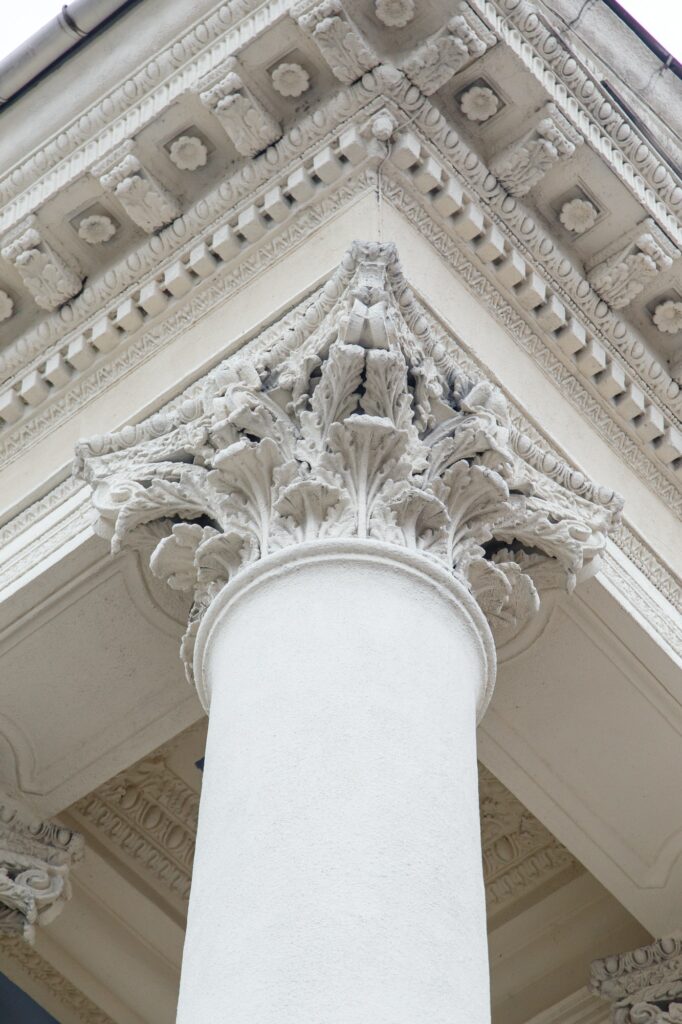
Pillar pages are the foundation on which a specific topic-‘CCC’ (cluster/concept / category) is built. A pillar concept encompasses all aspects of a ‘CCC’ on one long page. Its purpose is to be a complete course, a “101” about the ‘CCC’ with plenty of breathing room for more in-depth conversations. Those conversations can be detailed elsewhere in “CCC” blog posts that hyperlink back and forth to the pillar page.
Pillar pages’ main purpose is to broadly cover a particular ‘CCC,’ and blog posts should, in turn, address a specific keyword related to that topic in-depth. Think of a bicycle wheel, hub, and spoke. The hub is the pillar, and the spoke is the CCC. You can have five spokes or 500.
Which one do you think will seem most powerful in search?
Best Practices
- Blog posts can be written first on a variety of topics relative to future pillar content.
- Pillar pages should be accessible in the main navigation and kept ungated.
- A PDF download should also be offered free (of the pillar page). Some people will like to download/print the article if they see it holds value.
- Add plenty of images, videos, and other media to intrigue and keep the interest of readers. The bonus is that it also diversifies the content.
- At the top of the page, a 1 page nav bar should be added to quickly scroll to a location on-page.
- Include CTA’s to promote offers and other relevant gated content to gain leads.
- Use SEO best practices.
- Links Links Links. Add as many as possible both internally (your own site) and externally whenever possible.
- Include a “Back To Top” button at the bottom of the page to help navigate up and down top navbar.

